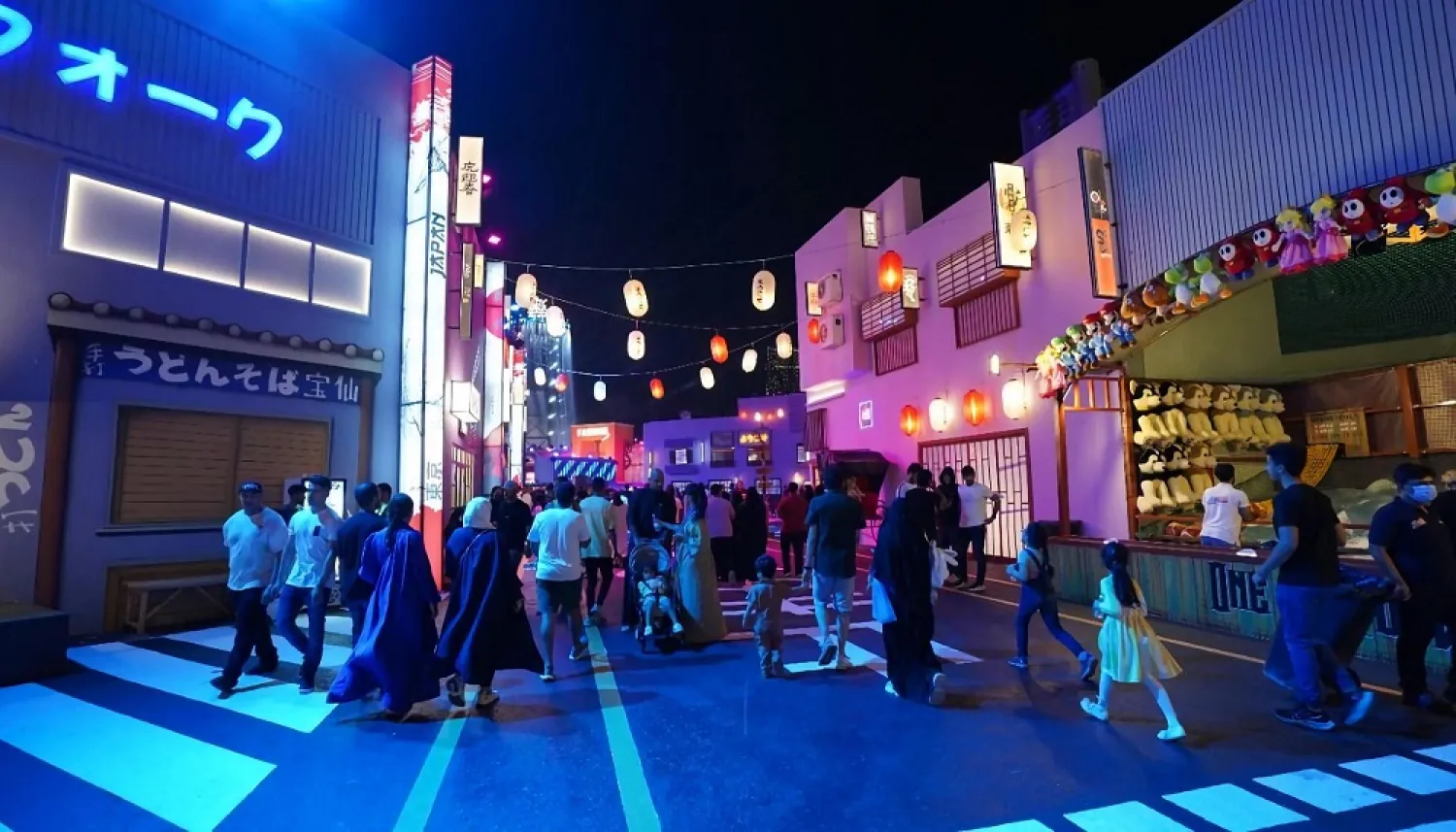The Saudi Research and Media Group's (SRMG) Manga Arabia is taking part in the Anime Village as part of Jeddah Season 2022.
Anime Village is the first of its kind and largest village in the Middle East to celebrate anime.
The village features several global exhibitions and entertainment activities that celebrate anime.
The village was inaugurated on Thursday and will remain open for six weeks.
Manga Arabia will feature alongside Japan's most renowned publishers and production houses. It boasts its own wing at the exhibition that features interactive activities for people of all ages.
Manga Arabia will offer several enrichment workshops, including story writing, the basics of illustration and manga production and Japanese language courses for beginners.
A Manga Arabia cafe has been set up and people of all ages will be able to receive copies of Manga Arabia comics.
Editor- in-Chief of Manga Arabia, Dr. Issam Amanallah Bukhary said: "Manga Arabia marked a revolution in entertainment innovation in Saudi Arabia and the Arab wold."
"It is no secret the major impact manga art, its stories and cartoons, have had on generations," he added.
"Through this project, we are hoping to empower the imagination and open broader horizons to readers so that they can take part in inspiring experiences," he remarked.
"At Manga Arabia, we believe in the important role of interacting with the reader and fans, we therefore sought to be part of the major Seasons events, such as Riyadh Season, where we achieved remarkable success through Manga Arabia Boulevard," he added.
"We are following up on this success through our exclusive presence at Anime Village at Jeddah Season," he stated.
SRMG launched Manga Arabia in August 2021 stemming from the growth in popularity of Japanese manga and anime in the region over the last two decades and the demand for localized storytelling. Manga Arabia’s imaginative Arabic content is purposeful, safe, and inspired by Arab cultural values.
Manga Arabia boasts two offerings: “Manga Arabia Kids” with content catering to the 10–15-year-old age group, and a second title targeting those 16 and above.
With the aim of stimulating and fostering the imagination and creativity of the community, Manga Arabia produces original, high-quality, and authentic content, inspired by the culture and values of the Arab region for both regional and global audiences. The project champions local creatives for original content, alongside translated content from Japanese and international partners.









